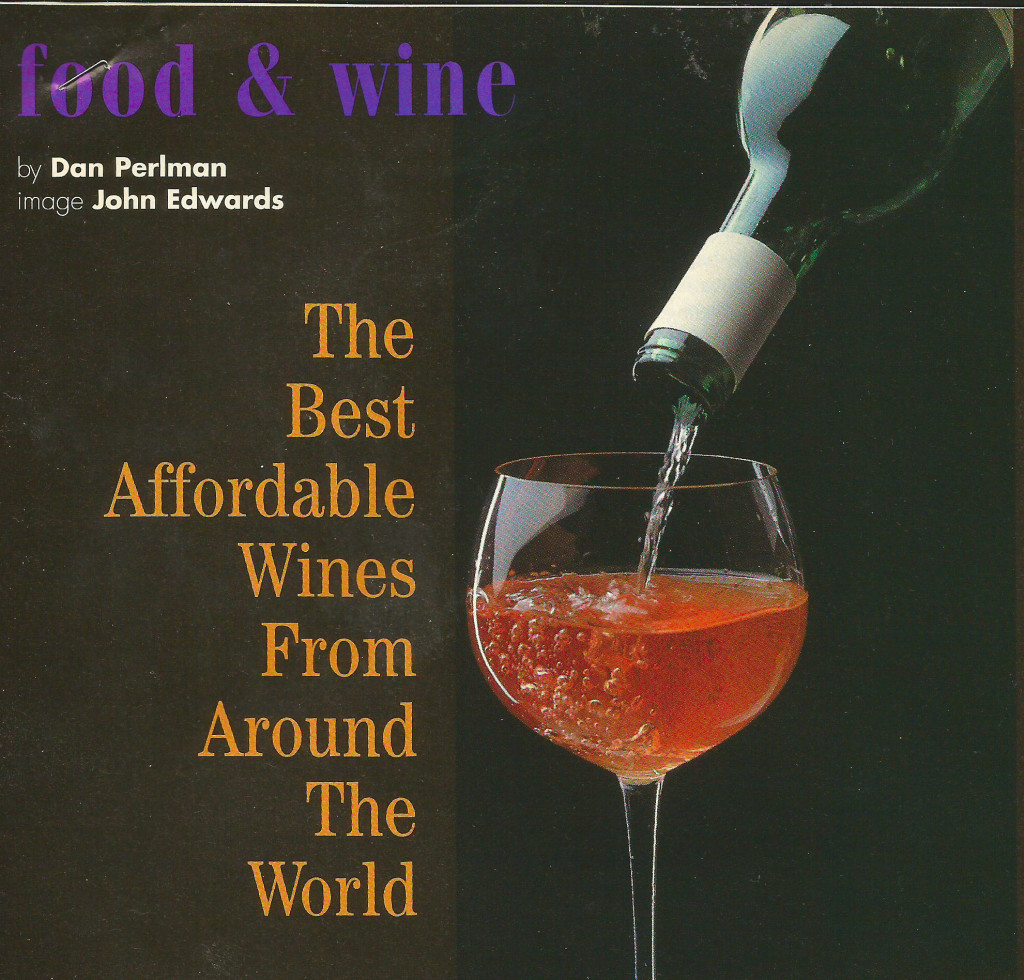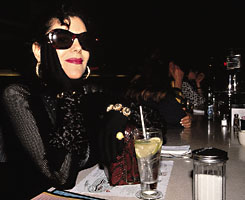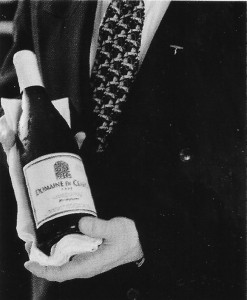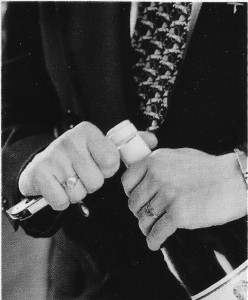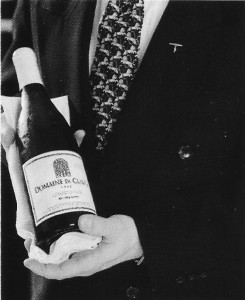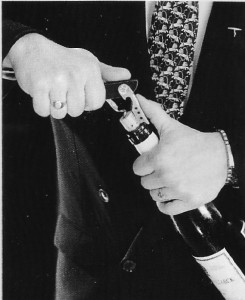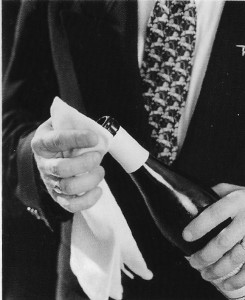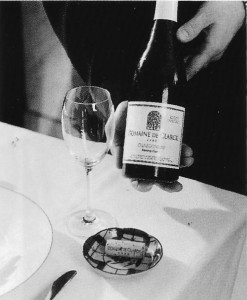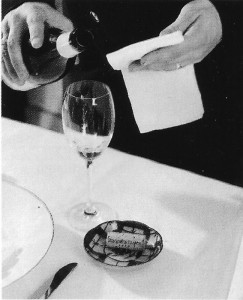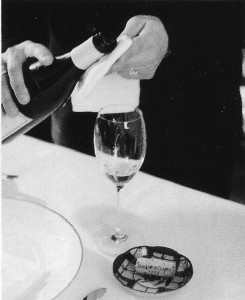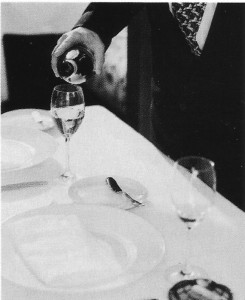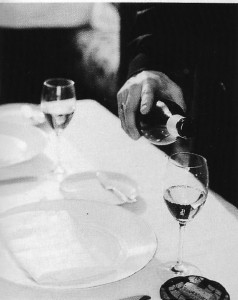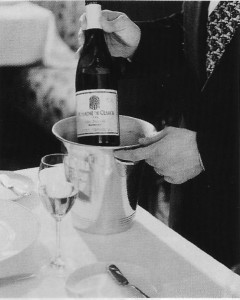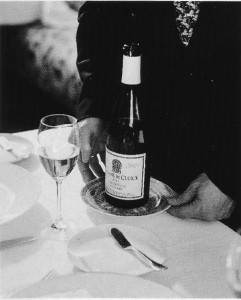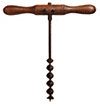Passion foods
March 1997
Pages 42-43
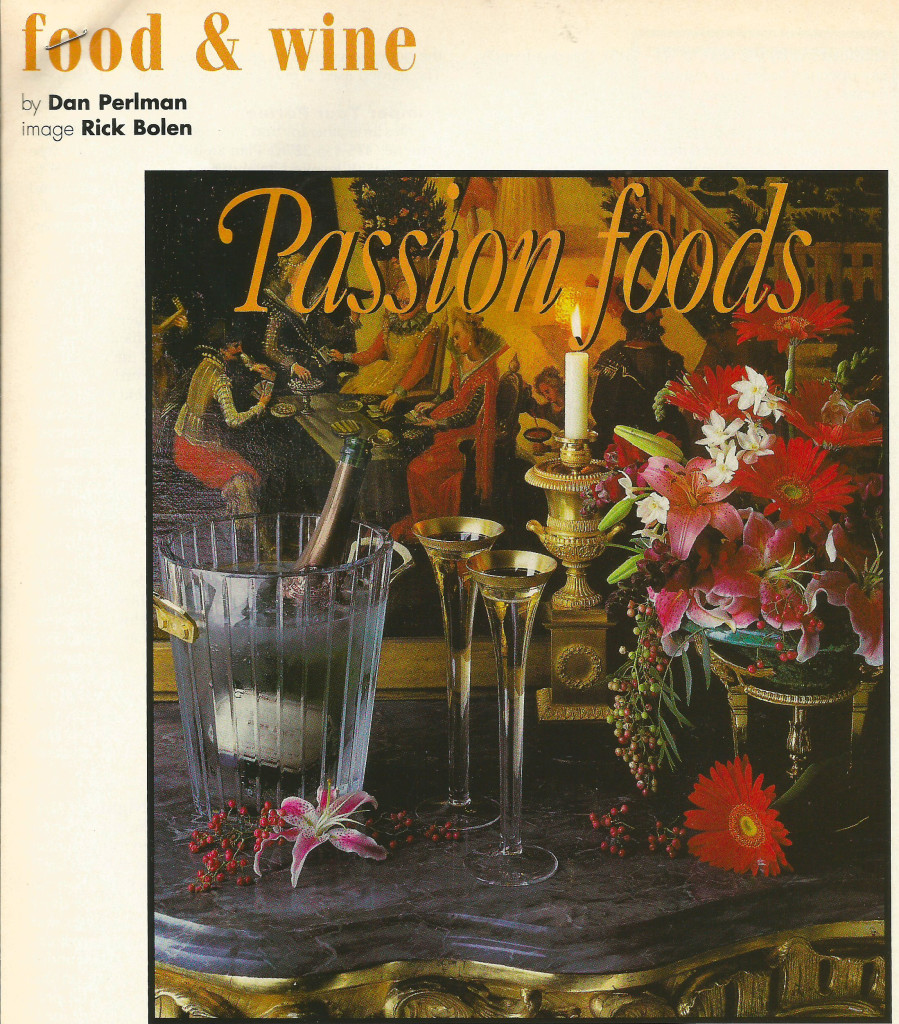 In preparing to write this column I turned first to that indispensable aid, the VCR. Finding a direct link was easy as I watched with eyes as glazed as candied carrots the preparations in Like Water for Chocolate; Babette’s Feast; Eat Drink Man Woman; and The Wedding Banquet. Passion Fish, while enjoyable, was not as helpful; okra gumbo may inspire some to great heights, but I doubt they are heights of passion. Pedro Almodovar’s Labyrinth of Passion gave me some amusing ideas, though few of them were about food. A young Antonio Banderas as a sort of spindly Islamic bloodhound was kind of fun.
In preparing to write this column I turned first to that indispensable aid, the VCR. Finding a direct link was easy as I watched with eyes as glazed as candied carrots the preparations in Like Water for Chocolate; Babette’s Feast; Eat Drink Man Woman; and The Wedding Banquet. Passion Fish, while enjoyable, was not as helpful; okra gumbo may inspire some to great heights, but I doubt they are heights of passion. Pedro Almodovar’s Labyrinth of Passion gave me some amusing ideas, though few of them were about food. A young Antonio Banderas as a sort of spindly Islamic bloodhound was kind of fun.
Passion and food have been inextricably linked throughout the ages. Whether as a means of seduction – “The way to a man’s heart is through his stomach” – as an aphrodisiac – “it may be true that a diet based on food and drinks that expand the blood vessels predisposes one to amorous behavior” – or as a simple sex aid as in the case of whipped cream in a can.
Tomatoes were once known as “love apples.” Passion fruit is, well, passion fruit. Generally, those foods thought to engender passion were those that were expensive, and therefore, likely to impress the object of one’s desire. Truffles, foie gras, caviar, champagne, flamingo tongues; that sort of thing. Exotica were also fair game, especially in the world of spices where the filaments of 70,000 or more saffron crocuses are required to put together a pound of saffron, or where Chinese merchants skim the intestinal secretions of sperm whales off the surface of tropical seas to make ambergris. Personally, I have some ideas that involve homemade nachos and a two-liter bottle of RC Cola, but those will have to wait for another column.
My favorite foods for passion are lobster, caviar, and roses. I love Mediterranean cooking, whether Italian, Spanish, Moroccan or elsewhere. Somewhere along the line it became necessary to put all of these together into one dish:
Passion Risotto
2 lobsters, (approximately
1 pound each, preferably live)
4 tablespoons olive oil
2 large tomatoes
1 medium onion
1 bunch scallions
6 dried apricots, chopped
2 ounces pistachios (unsalted, no shells)
1 tablespoon cinnamon
salt and freshly ground pepper
1 teaspoon whole peppercorns
2 whole star anise
1 teaspoon rosewater
1 red rose
1 cup arborio rice
2 teaspoons caviar (the best you can afford)
Okay, here’s the tough part. The lobsters are alive. For the non-squeamish, take a large, heavy knife and simply cut them in half, starting from the head back to the tail. For the squeamish, have your seafood supplier do it for you. Place on a sheet pan, cut side up, drizzle with half the olive oil and roast in oven at 375 degrees until the shells are red and the meat is cooked through. Remove from oven and let cool. Take the meat out of the shells. Set aside two of the tail halves. Chop the remaining tail and claw meat coarsely.
Break the shells up and put them in a large saucepan or stockpot with all but one of the scallions. Slice the tomatoes in quarters and add to the pot. Add peppercorns and star anise. Cover with one quart of water. Bring to a boil, reduce heat and simmer for one hour. Strain the stock and discard the solids.
Finely chop the onion. Heat a large pan over medium heat. Add the remaining two tablespoons of oil, the onions and a pinch of salt. Sauté, stirring regularly, till onions are translucent and soft. Add dry rice and stir to coat with oil and onion mixture. For the next 20-25 minutes, you will have to continually stir the rice around to cook evenly, as you add the reserved lobster stock, one ladleful at a time (approximately one cup each time). After each addition of liquid, continue cooking till it is completely absorbed. The rice is done when it is soft but just slightly chewy and has a bit of creaminess from the starch in the liquid. At this point, add the chopped lobster meat, pistachios, the chopped apricots, cinnamon, and rosewater. Season to taste with salt and pepper. Divide in two portions, top each with one of the reserved lobster tail halves, warmed. Garnish with the last scallion finely chopped, the rose petals and one teaspoon each of caviar.
Since champagne is a must in the world of passion, I recommend my favorite with this dish, Champagne de Venoge Princesse Rosé, a wonderful gold-pink sparkler that will light up your evening.
Q San Francisco magazine premiered in late 1995 as a ultra-slick, ultra-hip gay lifestyle magazine targeted primarily for the San Francisco community. It was launched by my friends Don Tuthill and Robert Adams, respectively the publisher and editor-in-chief, who had owned and run Genre magazine for several years prior. They asked me to come along as the food and wine geek, umm, editor, for this venture as well. In order to devote their time to Passport magazine, their newest venture, they ceased publication of QSF in early 2003.
